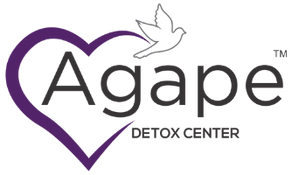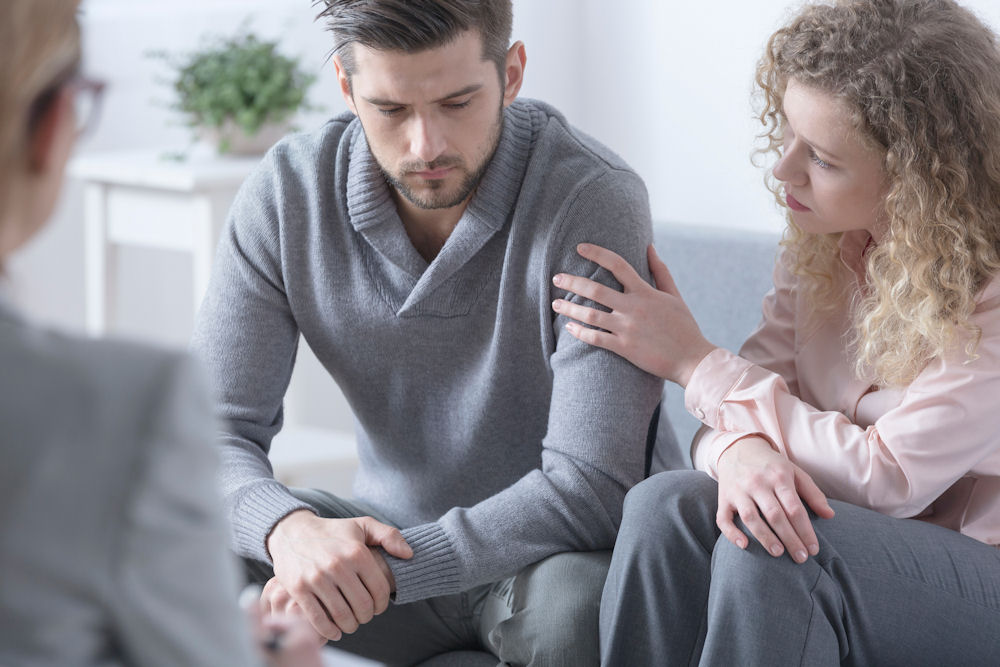Once the body has become dependent upon an addictive substance, it can no longer function normally without it. Changes in brain chemistry and function both lead to withdrawal symptoms when an addictive drug is suddenly stopped. Avoid the risks of detoxing at all costs by seeking professional care.
Table of Contents
ToggleWhat is Detox?
Detox is the process the body goes through to rid itself of the presence of a drug or drugs. Some of this process takes place at the cellular level. This means that the brain’s chemistry must be restored to a normal state. Disabling, dangerous, and even life-threatening symptoms can and do occur as the direct result of physical withdrawal from certain substances.
Risks of Detoxing at Home
It’s mainly the hypnotic drugs, such as benzodiazepines and barbiturates, that are so dangerous to detox from at home without medical supervision. However, because alcohol affects the brain similarly to hypnotic drugs, it’s included here. It is never safe to withdraw from alcohol at home. All can produce dangerous grand mal seizures with the added risk of delirium tremens for alcohol. These are the risks of detoxing at home from this drug class.
What about opioids and stimulants? What about marijuana? Both opioids and stimulants can cause an extremely painful withdrawal syndrome. Although not typically physically dangerous for an otherwise healthy person, both opioids and stimulants will present a formidable obstacle. Getting through the miserable process alone at home without help and without relapse is highly unlikely.
Marijuana Dependence
Does marijuana cause physical dependency? While the active compound in marijuana THC doesn’t produce a distinctive set of withdrawal symptoms as the opioids do, it’s at least psychologically addictive. As with other drugs of abuse, marijuana detox is best done under medical supervision as part of a medical detox protocol.
What are the Physical Symptoms of Detox?
The question isn’t so much why would you detox at home but rather why would you want to. Detoxing without medical supervision is painful, depressing, and highly likely to fail. Medically assisted detox will keep you comfortable, able to eat, sleep and relax, while your body rids itself of your drug of choice. Here at Agape Detox Center, we use only proven detox medication programs for your maximum comfort and safety.
The withdrawal process may include the following symptoms:
- Nausea, vomiting, and anorexia
- Insomnia
- Depression and anxiety
- Drug cravings
- Feeling hot and cold
- Cold sweats
- Restless leg syndrome
- Bone and muscle pain
- Headache
- Stomach pain
Medical Detox
Besides the more serious problems with withdrawal symptoms from hypnotic drugs and alcohol, even the opioids may cause dehydration serious enough to require medical intervention. The risks of detoxing at home include possible nonstop vomiting and severe diarrhea. The body can quickly become dangerously dehydrated. Drinking more water or electrolyte products like Gatorade and Pedialyte doesn’t help much if the person just vomits them right back up again. Medications used during a medical detox program prevent these problems very well.
A Word About Loperamide
Loperamide is an opioid sold over the counter under the brand name Imodium and also generically. There is a great deal of hype and misinformation about using this drug to detox from opioids at home. Not only will this drug not reduce the risks of detoxing at home, but it will also do nothing to alleviate opioid withdrawal symptoms apart from diarrhea.
While loperamide is a powerful opioid, it lacks the ability to enter the brain and bind to the opioid receptors found there, especially the mu opioid receptor or MOR.
The MOR is closely associated with tolerance, overdose, addiction, and withdrawal symptoms that appear after an opioid is suddenly stopped.
Loperamide works only in the gut. It works there to bind to opioid receptors found in the intestines and stomach and stops diarrhea very well. However, it cannot do more than that. Don’t be fooled into thinking it’s more than a very limited tool for detoxing at home. It will stop diarrhea and nothing more. Furthermore, the high doses recommended by some amateur websites and forums are dangerous and may cause serious disturbances in heart function.
A Word About the Risks of Detoxing
A number of clinics across the country tout their quick withdrawal opioid process. This involves giving you a heavy sedative and then a drug called naloxone, an opioid antagonist drug. Naloxone works to quickly remove any opioids from the MOR and other opioid brain receptors. However, it also produces extreme withdrawal symptoms that appear immediately in full-blown form. It would be nearly intolerable for someone conscious.
That’s where the sedation comes in. However, sedation while detoxing could be dangerous because any stomach fluids from vomiting could end up in the lungs, a potentially fatal complication. Moreover, naloxone does nothing to change the timeline of the opioid withdrawal process. When you wake up from the sedation, you will likely find yourself in great discomfort and just about where you would have been along the withdrawal process anyhow.
Face the Truth
There is no easy way out once the body has become physically dependent on a substance. People with a substance use disorder may not want to accept this, but it’s the truth. Once addiction has a hold, the best and safest alternative is to seek help from an addiction professional. It’s also your best chance for continuing sobriety.
It doesn’t matter how tough and strong you think you are. Your addiction is stronger. If you’ve never been through the agonizing withdrawal process, you’re in for a most unpleasant surprise. However, it doesn’t have to be that way.
Let us evaluate your individual situation and recommend the best treatment program for you. Call us today to start on your road to recovery.

Stephanie Robilio is an accomplished Clinical Director at Agape Behavioral Healthcare. With a Master of Social Work degree, LCSW license, and extensive training in Rapid Resolution Therapy under her belt, she brings a wealth of expertise to her role. Her unique combination of education and experience allows her to provide exceptional care to clients and lead her team with confidence. Stephanie’s joy comes from witnessing the moments when her patients creatively connect the dots and bravely move toward reclaiming their power. Her purpose is to help individuals understand their past so they can create a future full of hope, growth, and success. Stephanie attributes a large portion of her success to the supportive culture and strong sense of community fostered by the Agape team.





